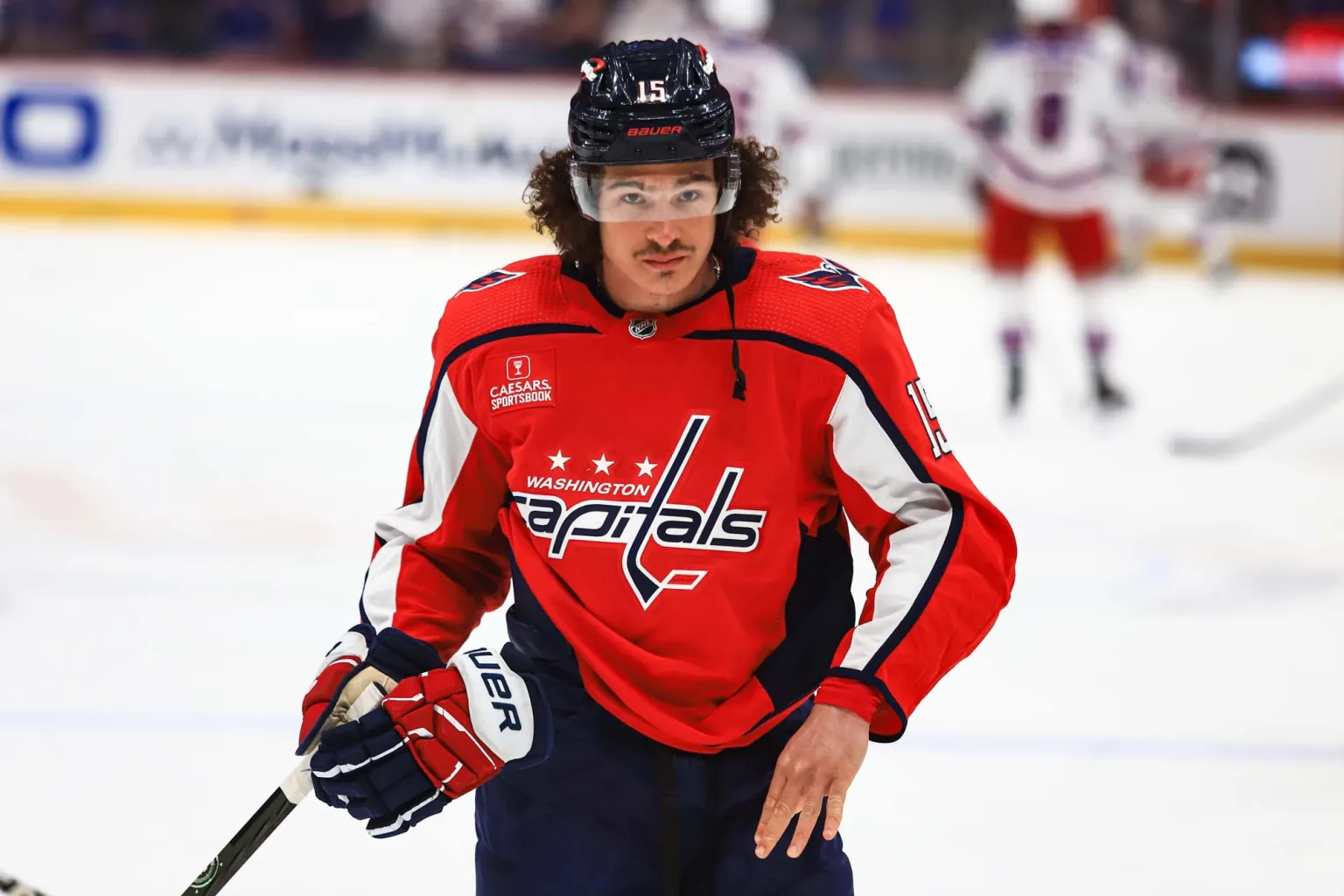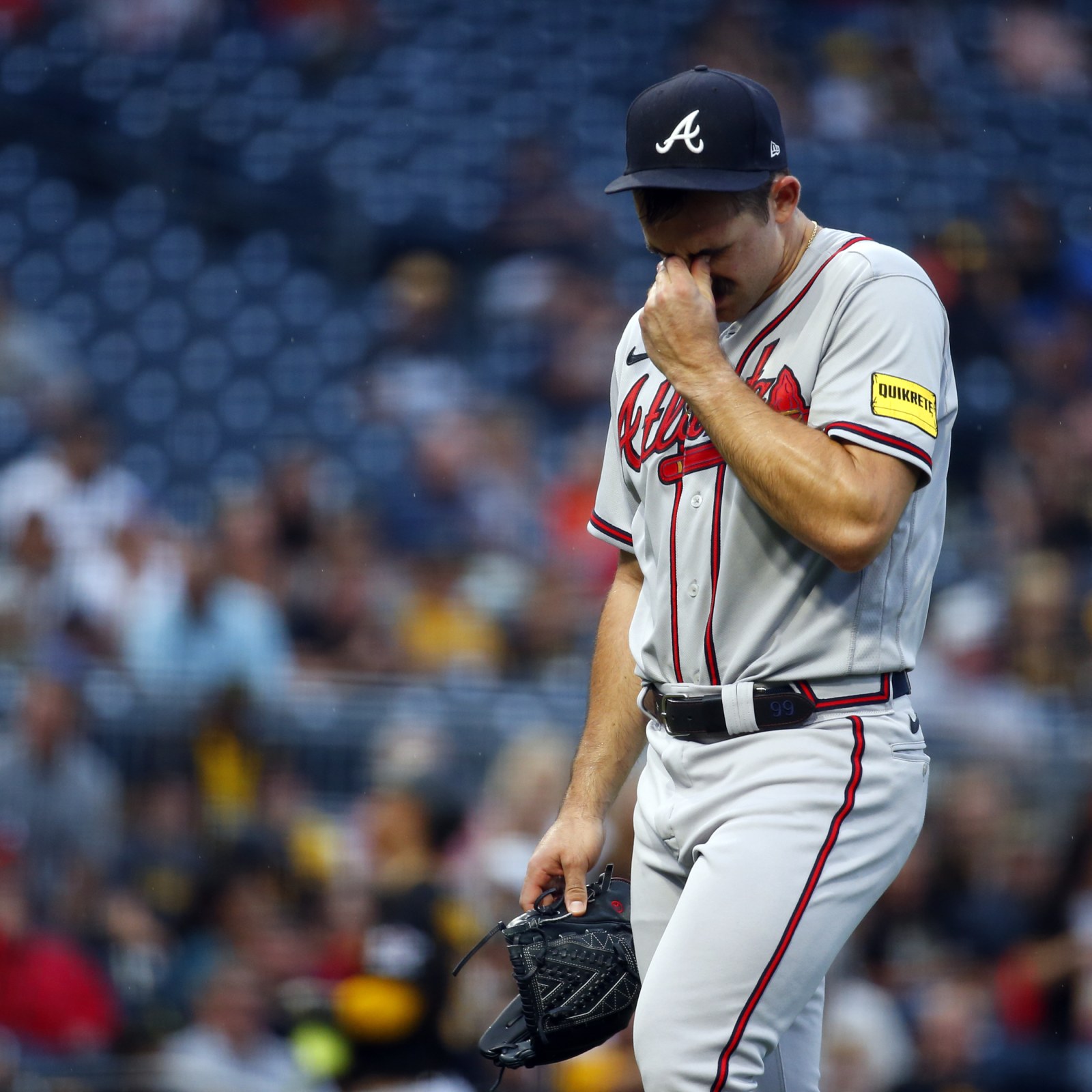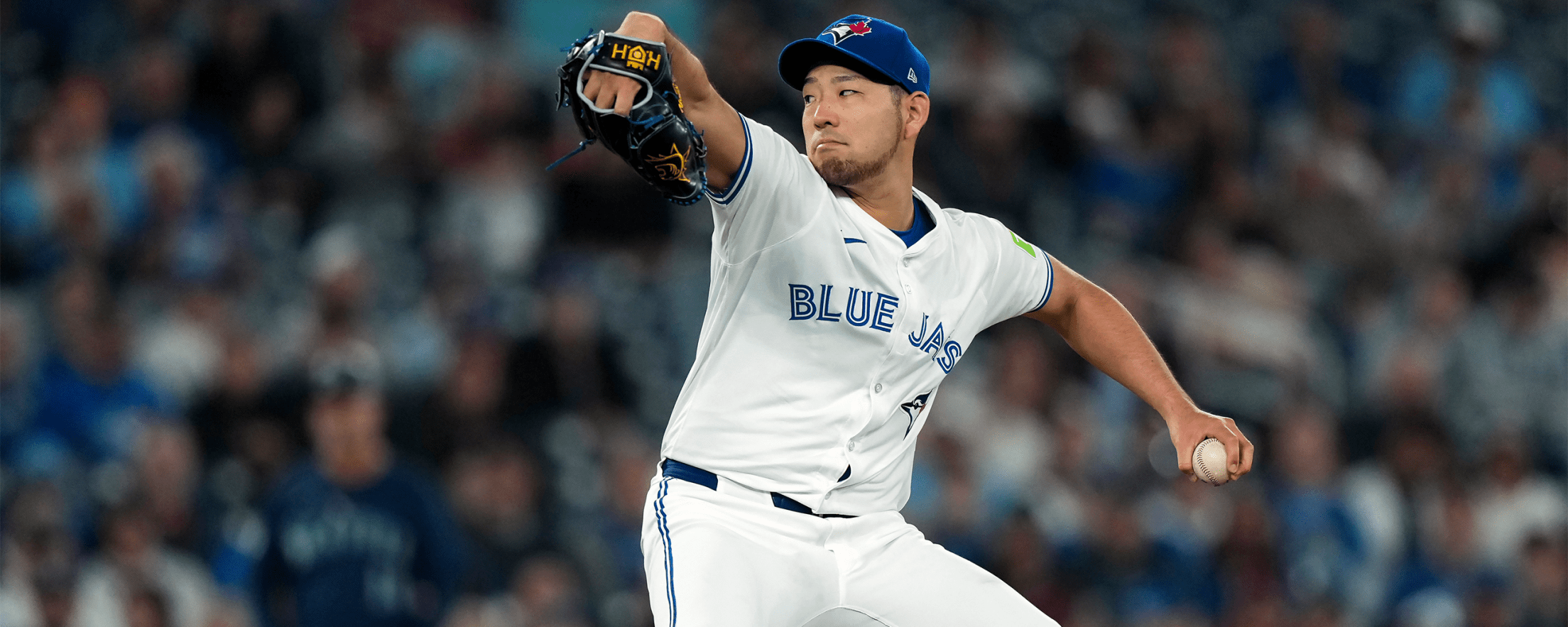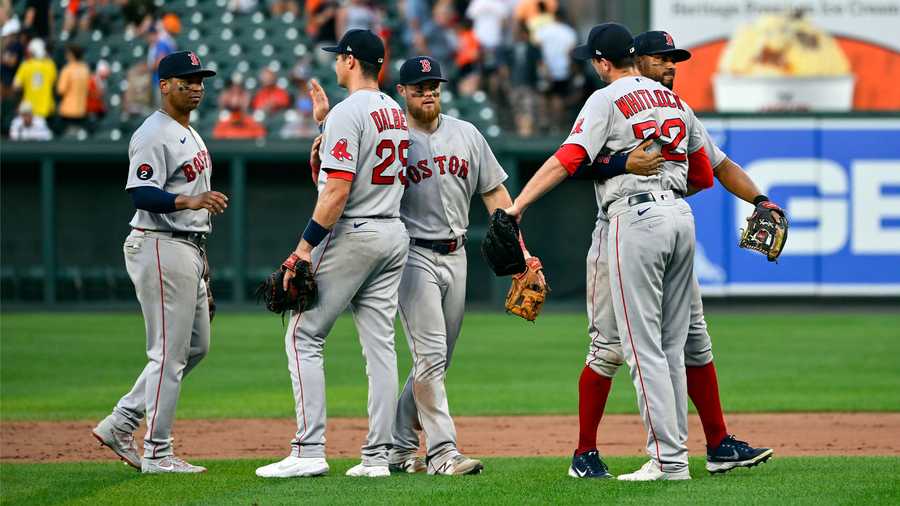The D-backs Should Turn Two Starters Into Relievers. It’s possible that these two 26-year-old pitchers would have more success in the bullpen than as starters hidden in the minor league ranks.
Too many big league-ready starting pitching prospects and not enough rotation places provide a good situation for the Diamondbacks. Over the past two seasons, the team has seen a wave of pitching prospects make their debuts, and the following two will see many more come up the farm system. Therefore, some of these pitchers will need to be turned into relievers for them to aid the squad.
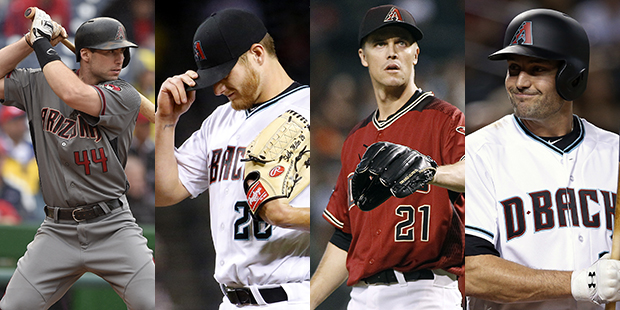
These two pitchers come to mind as to who they should commit to the process of shortening up for in 2024.
Ryne Nelson
Nelson is one of two pitchers expected to compete for the fifth starter role but faces an uphill battle to win it. That leaves the D-backs with two potential options: option him to Triple-A Reno and keep him stretched out or put him in the bullpen. The latter is a much better move for Nelson, who is very much a two-pitch pitcher at the current stage of his career and has concerns about sustaining his best stuff in outings.
As a reliever, he can simplify his repertoire to be primarily a two-pitch pitcher. He has a wipeout slider and a fastball with a starting velocity of 95–98 mph. The fastball’s nearly vertical shape and above-average extension allow it to play better than its measured velocity. The slider served as a useful out pitch, as opponents hit just .192 with a .257 wOBA in 2023. He had an inconsistent feel for the pitch for much of the season, which highlighted his fastball and the absence of a third quality pitch.
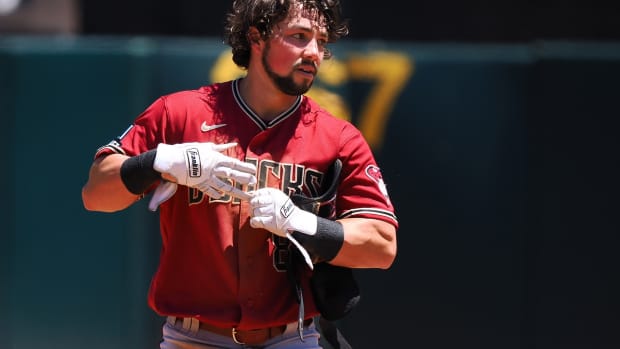
With the D-backs carrying two young starters in their Opening Day rotation, it could make sense to carry Nelson as a long reliever before shortening him up. His stuff is better suited for short relief, seeing lineups only once. The first time through the order, Nelson had a 17.7% strikeout rate vs. a 7.0% walk rate as a starter, but the strikeout rate jumped to 25% as a reliever. Ultimately the type of role that best suits him is the bridge between starter and backend of the bullpen, where his ability to get you up to 12 outs could be valuable.
With Jarvis, the D-backs have previously investigated this method in 2023, with some degree of success in the main leagues. His makeup and ability to bounce back from outings quickly make him a viable option to throw at the back of the bullpen in the future. As a starter, his primary weakness is a 4-seam fastball that performs considerably below its 93–97 mph velocity. The fastball features one of the lowest spin rates in baseball with a natural sinking action.
With a fastball that gets hit harder than it should, Jarvis is a 2.5-pitch pitcher. Unless he can improve the quality of his fastball, he’s the type of pitcher who will get severely penalized multiple times through the order. As a reliever, he can throw enough of his quality secondary pitches to keep hitters off the fastball. Without finding a way to make his fastball more playable at the major league level, it’s unlikely he will stick as a starter.
Like Nelson, Jarvis is already 26 and possibly buried on the starting pitching depth chart, so it makes more sense to get him up to the major leagues as a reliever. Otherwise, they risk wasting too many bullets in Triple-A Reno trying to keep him stretched out instead of finding a role for them at the big-league level.







